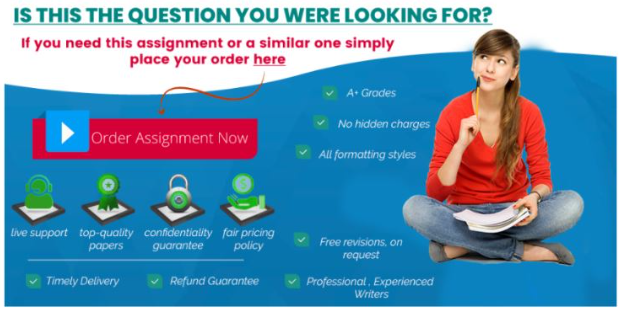Simulation Training Value
A popular type of training at all levels of an organization is simulation training/development. Simulation training uses a duplicate work environment that is set up independently of the work site. In this setting, trainees can learn under realistic conditions, but away from the pressures of interruptions. Based on your knowledge, research, and/or experiences, discuss the value of simulation training/development. How do we as HRM professionals objectively determine the “value” of simulation training? Then, discuss the problems of simulation training/development that should be taken into consideration by human resource professionals. Finally, make a recommendation as to how simulation training/development can be assessed and used for succession planning.
Support your post with additional information from at least two reputable sources (library and/or web-based). Cite your sources. Bring in your own personal experiences, as applicable. Simulation Training Value

-
What is the value of simulation training/development?,
-
How can HRM professionals objectively determine the value of simulation training?,
-
What problems of simulation training/development should HR professionals consider?,
-
How can simulation training be assessed?,
-
How can simulation training be used for succession planning?
Simulation Training and Its Strategic Value
Simulation training and development are increasingly valuable in modern organizations because they replicate real-world work environments, enabling employees to practice skills, make decisions, and experience consequences without real-world risks. This method allows trainees to engage in hands-on, experiential learning that enhances skill retention, decision-making, and problem-solving. According to Noe (2023), simulation-based learning bridges the gap between theoretical knowledge and practical application, especially in high-stakes fields such as healthcare, aviation, and manufacturing. The value of simulation training lies in its ability to improve performance, increase confidence, and reduce errors once employees transition to actual job environments.
Determining the Value of Simulation Training
Human resource management (HRM) professionals can objectively determine the value of simulation training through training evaluation models such as Kirkpatrick’s Four-Level Model. This model assesses (1) trainee reactions, (2) learning outcomes, (3) behavioral changes on the job, and (4) organizational results. Additionally, HR can conduct return on investment (ROI) analyses to measure whether the benefits—such as improved productivity, reduced accidents, and faster onboarding—justify the training costs (Phillips & Phillips, 2022). For example, if a manufacturing simulation reduces on-the-job errors by 25%, the cost savings in material waste can serve as a quantifiable value indicator. Pre- and post-training performance assessments also help HR professionals evaluate the direct impact of simulations on individual competencies and job readiness.
Problems and Limitations of Simulation Training
Despite its benefits, simulation training poses several challenges that HR professionals must consider. Cost and complexity are major concerns—high-quality simulations often require advanced technology, such as virtual or augmented reality systems, which can be expensive to develop and maintain. Moreover, simulations may not capture all real-world variables, leading to potential gaps in experiential learning. Technological barriers can also arise when employees are unfamiliar or uncomfortable with the digital tools used in simulations. Additionally, there is a risk of overreliance on artificial scenarios, where employees might perform well in training but struggle in unpredictable, real-world conditions. HR professionals must therefore balance simulation with complementary learning methods, such as mentoring and field practice.
Assessment and Use in Succession Planning
Simulation training can be effectively integrated into succession planning by evaluating leadership potential and performance under realistic conditions. Through leadership simulations—such as crisis management scenarios or decision-making exercises—HR can identify employees who demonstrate critical thinking, adaptability, and communication skills. Assessment centers often use simulation-based exercises like role-playing, in-basket tasks, and case analyses to gauge managerial readiness. The results from these simulations can inform leadership pipelines and targeted development plans.
To assess the effectiveness of simulation training, HR should combine quantitative measures (e.g., performance metrics, ROI) with qualitative feedback from participants and supervisors. Longitudinal studies—tracking participants’ career progression and job performance—can further validate simulation training as a predictive tool for succession planning.
Conclusion
Simulation training and development offer substantial value in enhancing employee competency, safety, and readiness for advancement. When strategically implemented, simulations provide HR professionals with reliable insights into performance and leadership potential, which are essential for succession planning. However, to maximize effectiveness, HR must continuously evaluate simulation programs for cost efficiency, realism, and transferability to the workplace. By aligning simulation outcomes with organizational goals, HR can ensure that this powerful training tool supports both individual development and long-term business success.








